Preparing for an ER visit

We understand that coming to the emergency department can be a stressful experience for both kids and parents, and we thank you for trusting Valley Children’s to care for your child. This page provides tips on how to prepare for a trip to the emergency department and what to expect once you arrive.
If you are concerned or have questions about your child’s health, call your primary care provider first to determine if a visit to the emergency room is necessary. They can give you advice over the phone and let you know if you should go to the nearest Emergency Department. Primary care providers can even call ahead to let the Emergency Department staff know you are on your way.
If you feel your child is having a medical emergency, call 9-1-1 or go to the nearest emergency department right away.
- Insurance card
- Identification card
- The name of your child’s primary care provider
- Any paperwork or test results related to your child’s emergent condition
- A list of all medications your child is currently taking (including the dose)
- A list of any allergies your child has
- The name of your preferred pharmacy
- Books, a phone/tablet, or other fun ways to keep you and your child entertained while you wait
- Headphones
- Cell phone charger
- Valley Children’s Emergency Department also has a cell phone charging station
- Your child’s favorite blanket or other comfort item
- A change of clothes for your child, and diapers and formula for your infant
- Try to leave other siblings or family members at home
- During cold, flu and RSV season (fall/winter/early spring), Valley Children’s Emergency Department sees a significant increase in patient volume and may limit the waiting room to one parent/guardian per patient. Learn more about Valley Children's Visitor Policy >>
- Noisy or otherwise disruptive toys
- Heavily scented perfumes or lotions
- Arrival: The Emergency Department is a very busy place, so be prepared to see a number of people in the waiting room. During peak times or during cold/flu/RSV season, you may also see people waiting in hallways or other waiting areas throughout the department. Additionally, during peak times, visitors may be restricted to one parent/guardian per patient to provide more room in the waiting room for patients.
- Screening and Registration: Once you are screened by a security officer at the entrance, you will either be directed to a registrar who will take down your insurance information, or will be asked to find a seat in the waiting room. If you are asked to find a seat, a registrar will meet with you later on during your visit.
- Triage: Then, a triage nurse will call you to a small triage area to evaluate your child. The nurse will learn about why you came to the Emergency Department that day, take your child’s vitals (blood pressure, etc.) and do an initial examination. In the Emergency Department, patients are seen in the order of how ill or injured they are, not necessarily in the order they arrived. This is done so that our team can make sure we are treating the sickest or more injured children first. Because of this, you may see patients who arrived after you get called before your child does. If you have questions about your child’s condition or feel that their condition is getting worse, please ask an Emergency Department nurse. Please be patient, and plan for a bit of a wait. The Emergency Department sees many patients a day, and we want to ensure each patient receives the best care according to their needs. There is no exact estimate for how long an Emergency Department visit will take, but please be aware that in cold/flu/RSV season, you can expect a longer wait due to larger numbers of patients our team is treating.
- Treatment Room: Once you are called back to a treatment room, your child’s care team will explain any tests or procedures that your child will need. You will be given opportunities to ask any questions you have about your child’s condition, and we encourage you to do so as an important part of your child’s care team.
- Discharge: Once your child’s doctor determines that they can safely go home, your child will be discharged from the hospital. The care team will provide instructions from the doctor that you should follow once you return home. These may include care instructions for managing an illness at home, prescriptions you should fill from your pharmacy, or other instructions specific to your child’s needs.
Healing Hands, Caring Hearts
We understand that visiting the Emergency Department can be stressful. We kindly ask that you try to remain calm and patient as we strive to provide each patient the best possible pediatric care. Children heal best in a place that is safe, respectful, kind and supportive of them and all who are here. Help us create a safe environment free of violence, weapons, harsh language, threats or behaviors that do not promote healing and health.

If you have any questions or concerns during your child’s visit, please ask any Emergency Department employee. Additionally, our Patient Representatives team is available to assist. They are available 7 a.m. – 10:30 p.m. Monday-Friday and from 1 p.m. – 11 p.m. on weekends by calling 559-353-5425.